
Edible Landscaping Tips For Creating The Perfect Garden
Published: 25/11/2023 | Updated: 31/01/2024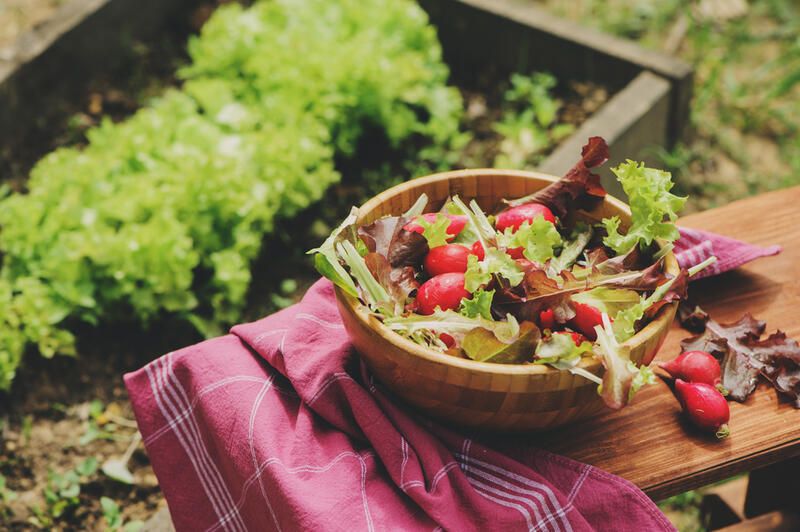
The world of edible landscaping is a wide one, and it’s easy to get overwhelmed by all the possibilities.


It can be tempting to use your yard as an excuse to grow lots of different things, but that approach often leads to a garden that feels unkempt and unbalanced.
Instead, focus your efforts on creating an edible landscape that captures the essence of what you want from a garden: fresh produce, beauty, and tranquility.
Keep It Simple
The key to a well-designed edible garden is simplicity. Don't overdo it with your plant selections, and don't plant too many different things in one place.
If you have limited space, try to stick with food plants that have the same needs and that look good together.
When choosing plants, think about the taste of fruits, edible flowers, or vegetables as well as their ease of care, longevity, and whether it requires much space.
Always remember to keep it simple!
Go With What You Like
You should choose plants that you like, not just for your garden but also your kitchen.
You may be a great cook and find yourself inspired by the abundance of produce in your garden, but what if you're not interested in cooking anything?
A plant with an interesting flower or fruit can add color and interest to any space, but remember: it's no fun to look at something if all you want to do is eat it immediately.
A popular edible plant that fits this description is the chocolate mint (Mentha x Piperita 'Chocolate'): its leaves smell strongly of peppermint when crushed, but they taste like chocolate!
This makes them perfect for making mint tea or chocolatey desserts such as brownies or cookies.
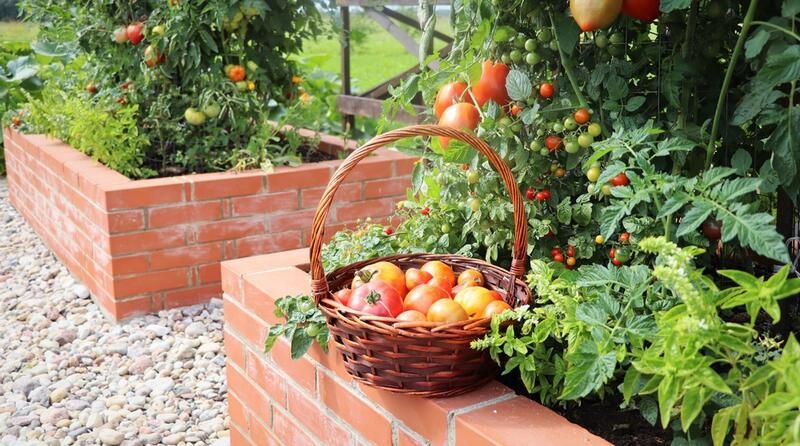
Incorporate Beauty
If you want your garden to be beautiful, don’t forget to include flowers!
Flowers attract bees and other pollinators, birds, butterflies, and beneficial insects like ladybugs. They also attract beneficial wildlife like hummingbirds.
Having a flower garden is a great way to add color and beauty to your yard in an edible landscape.
It also doesn't hurt to include some edible flowers and edible herbs to further enhance the uses of your garden plants.
Be sure to plant some edible flowers, such as nasturtiums and violas, in your garden so that you can enjoy healthy and fresh food every day.
Create Ambiance
When designing edible landscapes, it’s important to create a space that is comfortable and inviting for everyone.
You can start by creating an outdoor living area with an outdoor sofa, chairs, tables, and other furniture. You can also add soft lighting so that you can enjoy evening time in your yard without having to turn on your house lights for safety reasons.
Here are more ways to create an edible landscape that also has ambiance:
-
Plant trees, shrubs, and other plants that attract bees and butterflies.
-
Plant herbs in containers for easy use inside or outside the home.
-
Plant fruit trees for an extra bit of sweetness in your garden.
-
Consider planting perennial flowers, which easily return year after year with little maintenance on your part.
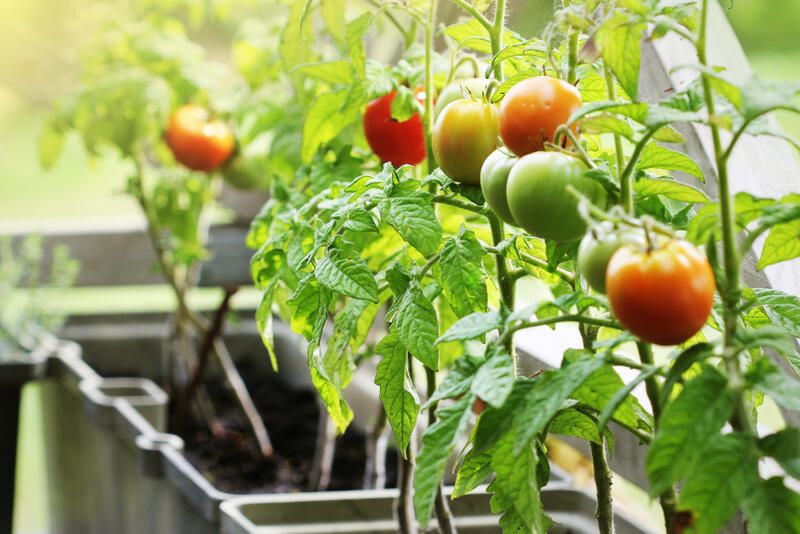
Plant Evergreens For Structure
Evergreens provide structure, shade, privacy, and year-round interest and food. They also provide wind protection to your house and other garden plants.
There’s a reason why evergreen trees are used so frequently in landscaping designs: they are dependable, low-maintenance plants that act as both structural elements and decorative focal points for your garden space. And for an edible landscape, they provide a delicious and reliable source of food.
For example, pine trees are an excellent choice for edible landscaping, as they produce a high volume of pine nuts and edible needles. If you live in an area that gets heavy snowfall, consider planting pines near your house so you can use them for wind protection during the winter.
Keep Your Lawn
Lawns are a big part of what makes your home look beautiful, and keeping it looking its best can be a lot of work.
Fortunately, there are plenty of tools that can help you along in the process. For example, lawnmowers come in all shapes and sizes and offer different features to suit every need.
If you have an especially large lawn, consider investing in a riding mower with extra storage capacity so you don’t have to stop halfway through cutting the grass.
Mow your lawn regularly, and do so with a mulching mower to reduce the number of grass clippings that go into your compost bin. Mulch is great for keeping down weeds, slowing water evaporation (helping retain moisture), and providing nutrients for plants.
Use fertilizer in early spring before flowers emerge, and add compost or manure to the soil if you have access to either one of these materials. Your grass will be healthier if you don't let it go dormant—keep watering it regularly!
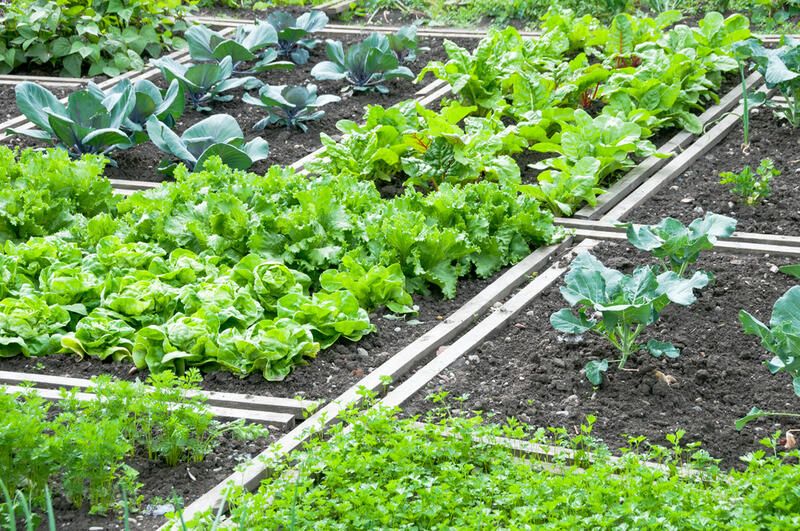
Choose The Right Plants
The last thing you want to do is plant a bunch of perennials in your yard and then have them die on you, right?
That’s why it’s important to choose the right plants for your space. If the climate isn’t right or the soil is bad, chances are good that they won’t last long enough to make up for their initial cost.
Choosing plants can be tough because there are so many options out there—and not all of them work well together!
Here is how you can make sure that your plants survive:
-
Choose plants that are right for your climate and soil type.
-
Choose plants that work well with each other (and don't compete for space).
-
Choose plants that fit into any available space in your yard or garden bed(s).
-
Finally, choose plants based on how much care they need from you; if possible, select ones that require minimal maintenance over time.
Examples of good plants to have for an edible landscape include the dwarf citrus tree, cherry tomatoes, cayenne peppers, and strawberry plants.
Dwarf citrus trees are a great choice for edible landscaping because they produce large amounts of fruit that can be used in cooking.
The small trees grow well in containers, so you can place them just about anywhere in your yard. Dwarf oranges are especially popular with homeowners because they offer a wide range of color options and leaf patterns.
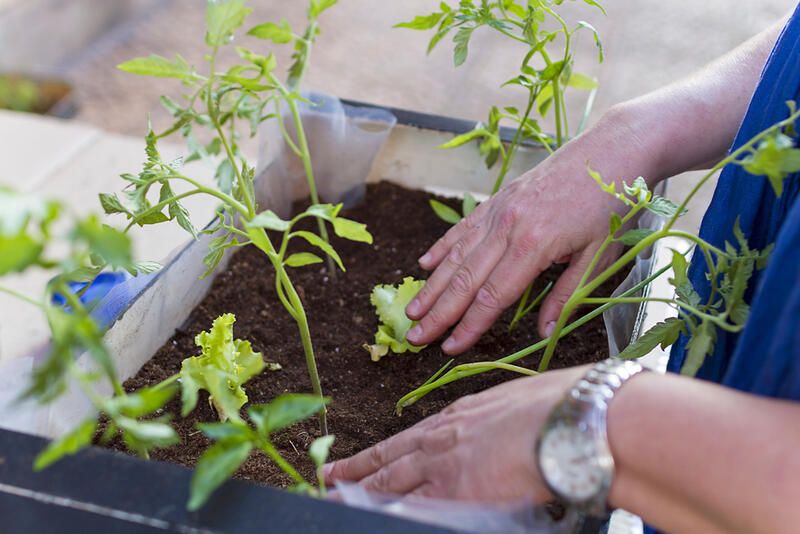
Plant for Your Zone
Before you get to the details, it's important to know what zone you are in.
The USDA has a map of all 50 states and their respective hardiness zones.
You can find your USDA hardiness zone by taking a look at the map and finding where your location is on the map.
The USDA hardiness map is based on the average annual minimum temperature in your area. You can use this information to determine which plants are best suited for your location.
Consider Growing Vegetables and Fruits in Containers
If you’re growing edible plants in containers, keep in mind that it’s possible to move the plants indoors for the winter. This can be helpful if you live in an area with cold winters and want your garden to continue producing vegetables.
You can also move them inside when the weather gets hot. This is especially useful if you live in a climate where summers are very hot and humid, as it will protect your plants from burning up from too much sun exposure.
Another thing we love about container gardening is that it allows us to take our produce with us! If you want to take some tomatoes with you on vacation or off to visit family members, just grab one of those little pots out of your garden!
Many varieties of fruiting crops grow well in containers so this means there's no need for them not to have enough space—they'll thrive just fine even if they don't have much room but still get plenty of light and water (or rain).
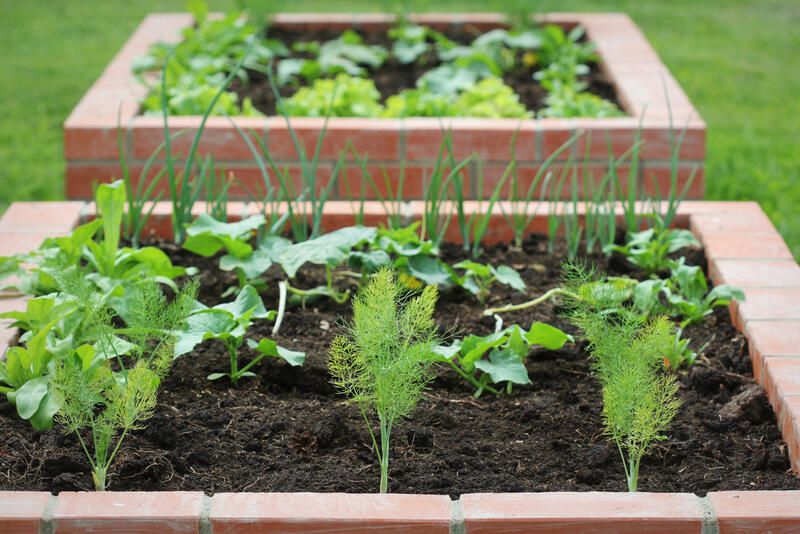
Add Fruits, Berries, and Vegetables to Your Raised Beds
In addition to flowers, you can add fruits and berries to your flower beds. This will allow you to have all-year-round color in the garden.
-
Placing fruit trees and shrubs in the center of your garden, surrounded by vegetables, creates a focal point for visitors.
-
Planting fruit trees around the edges of your garden protects from wind and sun damage while allowing for exposure during hot summer days and cool winter nights.
Think about Curb Appeal
Even if your yard isn’t the most beautiful in the neighborhood, you can still have an awesome garden. It all comes down to one thing: curb appeal. If a visitor drives up to your home and sees a beautiful garden, they will be more likely to stop and talk with you - which could lead to new clients or friends!
You can improve the look of your home by adding plants around it. When people drive by, they will see something beautiful instead of just a house that looks like every other house on the block.
Your yard doesn't need as much attention as some other parts of your property; however, some things can make it stand out against others in its neighborhood:
Groundcovers And Containers Can Round Out The Edible Landscape
If you’re looking to round out your edible landscape, groundcovers and containers can be an excellent choice. In addition to helping maintain soil moisture, they can also control erosion, weeds, and soil compaction.
Groundcovers are generally low-growing plants that grow quickly and densely covering the ground without much need for pruning or weeding. This is especially helpful in areas with high traffic or where there may be heeled-in mulch.
They help prevent these materials from washing away onto nearby roads during heavy rains by providing an extra layer between them and the earth below the surface of the soil.
Groundcovers also serve as excellent ways to control weeds by choking them out before they have a chance to take hold in your edible garden beds!
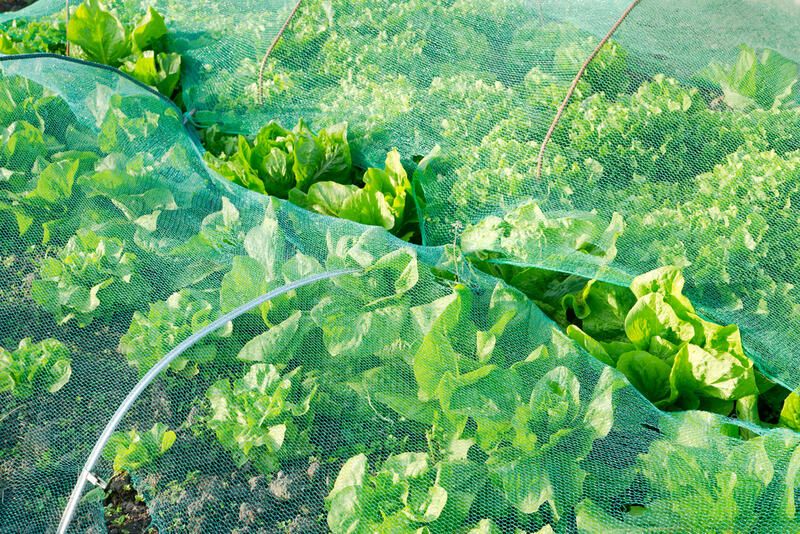
Include Plants That You Can Use in Several Ways
When you’re creating the perfect garden, it seems like the right thing to do is include plants that can be used for food, beauty, and structure.
Not only will these kinds of plants add value to your home but they can also make your garden more interesting by giving you options as far as how they will be used in the future.
It’s easy to plant a variety of vegetable plants that can serve multiple purposes so long as they have similar requirements in terms of soil type, light exposure, and water levels.
Some examples include:
-
Blackberries – these are ideal when planted at the base of a fence or along an area where there will be foot traffic because their thorny branches protect against unwanted visitors (and keep them out). They can also act as a hedge if planted closely together or grown into tall shrubbery for privacy purposes.
-
Sunflowers – another easy-to-grow plant that works great with blackberry bushes since both like moist soils with good drainage; however sunflowers tend not to grow quite so tall and therefore won't block out views from your property as blackberries do.
Grow Delicious Fruit Trees as Your Shade Trees
Shade trees like peaches, apples, and pears are ideal for providing shade in your backyard. These trees also tend to grow tall enough that you can use them as a fence or hedge along the perimeter of your property.
You can also have ornamental plants or ornamental fruit trees. Those are a great way to add some flair to your yard while still getting fresh produce.
They're also easy to grow and maintain, making them a great option for a beginner or experienced gardeners alike.
You can find more information regarding ornamental plants and more at ShrubHub's blog.
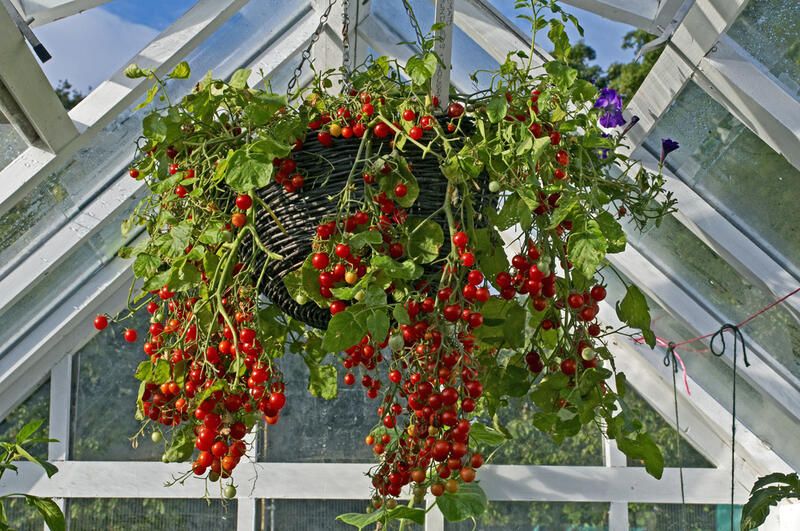
Plant Pea Vines on Your Fences and Arbors
Pea vines are great for growing and eating. They're easy to care for, they add color and interest to the garden, and they produce a delicious crop of peas that can be used in a variety of dishes.
They make an excellent choice for growing up fences and arbors. They're fast-growing, too—so you'll have plenty of time to enjoy their beauty before harvesting them!
Pea vines are also great for pollinators. Bees love to visit them, and they're a good source of nectar and pollen. Planting peas can help attract more bees to your garden—which is especially helpful if you're trying to grow more fruit trees or improve your existing landscape!
Mix Edible Herbs With Your Ornamental Bushes
Herbs are a great addition to any garden. Not only do they look nice, but they can also be used as ground cover and attract butterflies.
They’re also great for cooking with and making teas with. Many herbs will grow just fine with other plants like near a blueberry bush, bee balm, and several plants.
They'll also grow without an issue with ornamental bushes, so feel free to mix them!
Plant Green Beans, Pole Beans, and Peas
Planting beans up poles, trellises or fences is one of the easiest ways to get them started early in the season.
Beans are heavy feeders, so be sure to fertilize regularly and water as needed. Planting in full sun will also help ensure a good harvest by producing plants that are more vigorous and productive.
Pick pods when they are young and tender for best results; the older pods can become tough and stringy if left on too long.
Harvest regularly from each plant so that you’re not letting any yield go to waste – this will also encourage further growth throughout your edible landscape!
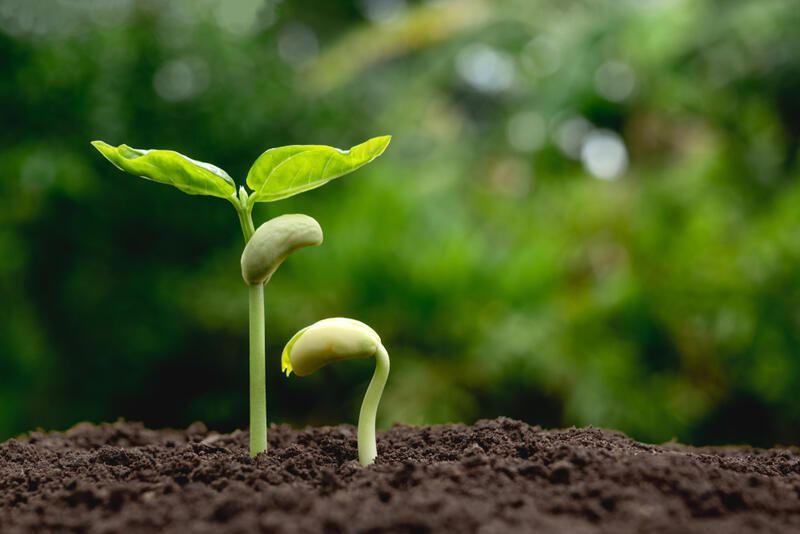
Use Chives, Onion, and Garlic as Ground Cover Plants
Chives, onion, and garlic are great herbs to grow in a food garden. They're very easy to grow, they taste delicious and they are perfect for cooking.
You can use them as a ground cover plant, or you can plant them in containers. They will grow well if you give them plenty of water and fertilizer. You’ll love the fresh flavor these herbs provide to your cooking!
You can also use herbs such as sage and parsley as ground cover plants in a food garden. These herbs are very easy to grow, they taste delicious and they are perfect for cooking.
Edible Plants For Fresh Food All Year Round!
If you’re looking to make your yard more edible, there are many options. You can add some fruit trees or plant vegetables and herbs in containers. You can also plant an herb garden or vegetable garden, or incorporate edibles into ornamental landscaping designs.
Finally, if you want to create an edible landscape that compliments your existing landscape, then don't hesitate to contact ShrubHub's experts today! It's free and you can get up to 70% off your first landscaping order!


